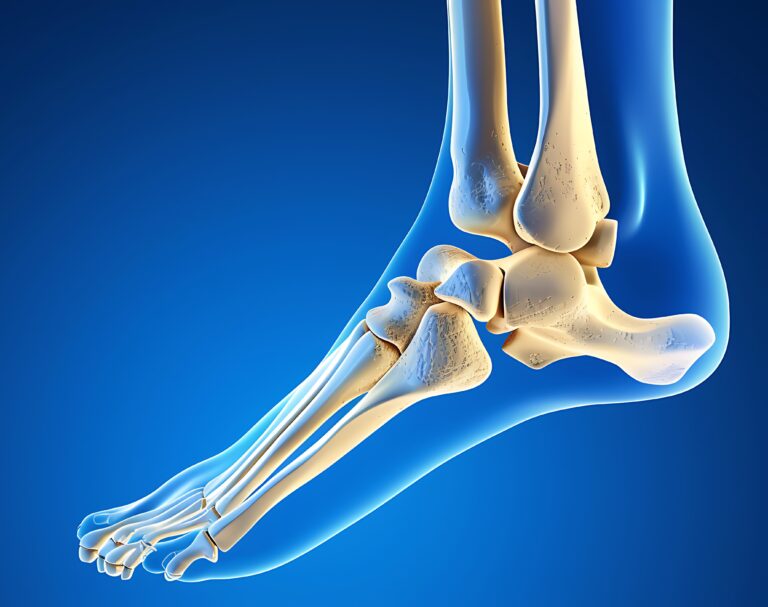Hip replacement and hip resurfacing are two surgical options available for treating severe hip joint damage. Both procedures aim to relieve pain and improve function, but they differ significantly in their approach and suitability for patients. In this blog post, we’ll explore the differences between hip replacement and hip resurfacing, their benefits, and considerations to help you make an informed decision.
What is Hip Replacement?
Hip replacement, also known as total hip arthroplasty, involves removing the damaged hip joint and replacing it with artificial components. This procedure is typically recommended for patients with severe arthritis or significant hip joint damage. The artificial joint usually consists of a metal or ceramic ball attached to a metal stem, which is inserted into the femur, and a corresponding socket placed in the hip bone.
Benefits of Hip Replacement:
- Pain Relief: Most patients experience significant pain reduction or complete pain relief after the surgery.
- Improved Mobility: Hip replacement can restore mobility, allowing patients to return to daily activities and even participate in low-impact sports.
- Durability: Modern hip implants are designed to last 15-20 years or more, providing long-term relief.
What is Hip Resurfacing?
Hip resurfacing is a bone-conserving procedure often considered an alternative to total hip replacement. Instead of removing the entire hip joint, the damaged surfaces of the femoral head and hip socket are reshaped and capped with metal prostheses. This procedure is generally recommended for younger, more active patients with strong, healthy bone structure.
Benefits of Hip Resurfacing:
- Bone Preservation: Hip resurfacing preserves more of the patient’s natural bone, which can be beneficial if a future total hip replacement becomes necessary.
- Lower Dislocation Risk: The larger femoral head used in resurfacing reduces the risk of hip dislocation compared to traditional hip replacement.
- Active Lifestyle: Many patients who undergo hip resurfacing can maintain a higher level of physical activity post-surgery.
Key Differences Between Hip Replacement and Hip Resurfacing:
- Bone Conservation: Hip resurfacing preserves more of the natural bone, whereas hip replacement involves removing and replacing the entire hip joint.
- Patient Suitability: Hip resurfacing is typically recommended for younger, more active patients with strong bones, while hip replacement is suitable for older patients or those with more extensive joint damage.
- Recovery and Activity Levels: Both procedures require rehabilitation, but patients who undergo hip resurfacing may be able to return to high-impact activities more quickly compared to those with hip replacements.
- Longevity and Revisions: Hip replacement implants are generally more durable in the long term, but hip resurfacing allows for easier conversion to total hip replacement if needed in the future.
Conclusion
Hip replacement and hip resurfacing both offer effective solutions for hip joint damage, but they cater to different patient needs and conditions. By understanding the differences, benefits, and considerations of each procedure, you can make a more informed decision in consultation with your healthcare provider. If you’re experiencing hip pain and considering surgery, schedule an appointment with a specialist to discuss the best option for your situation.
Disclaimer: The information provided in this blog post is for general informational purposes only and should not be considered professional advice. Before making any health-related decisions, consult with a qualified healthcare professional. The content is not a substitute for medical advice, and individual results may vary. The author and website are not responsible for any consequences arising from the use of the information provided. Use your best judgment and seek professional advice when needed.



